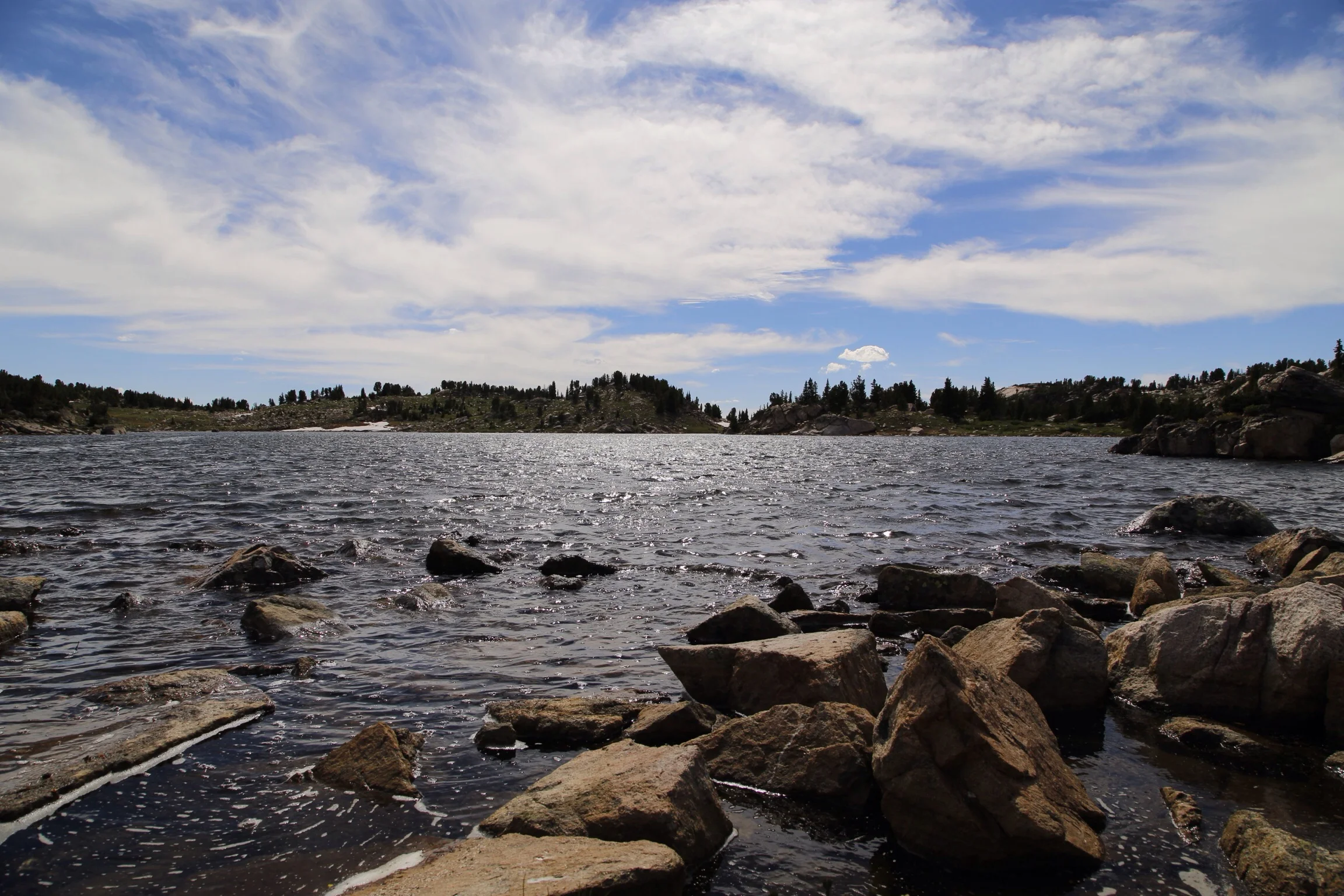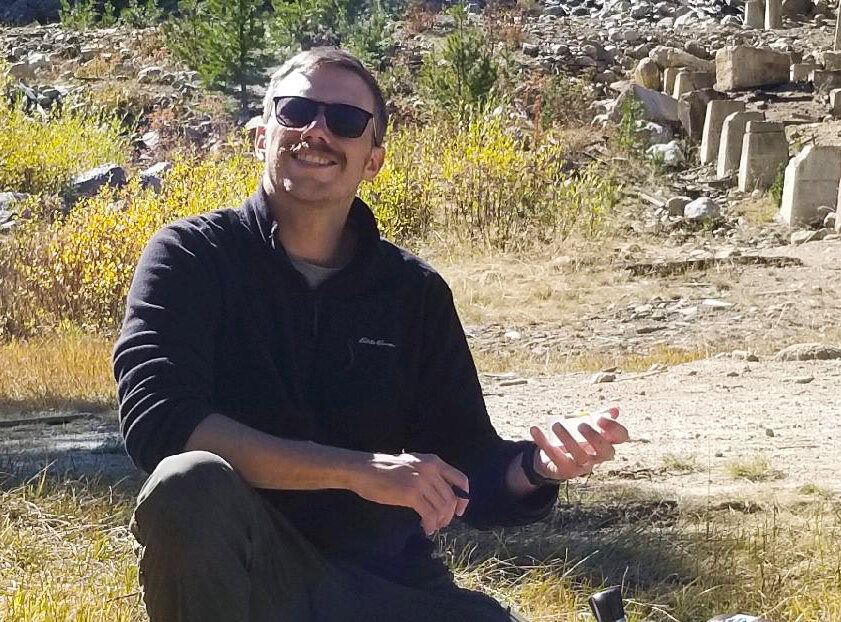TYLER KAMP
Site Characterization for Restoration of the Abandoned Elkhorn Mine and Mill
The formation of acid mine drainage (AMD) and the contaminants associated with it has been described by some as the largest environmental problem facing the U.S. mining industry. In the western U.S., the Forest Service estimates that between 20,000 and 50,000 mines are currently generating acid on Forest Service lands which impacts between 8,000 and 16,000 kilometers of streams. Determining if groundwater is contaminated is not as straightforward as surface water is, and there is a need for the study of AMD’s connection between soil, groundwater, and surface water. This research focuses on the abandoned Elkhorn mine and mill site and the resulting impacts on water quality in Elkhorn Creek in the Pioneer Mountains of Montana. The project is conducted in conjunction with the Big Hole Watershed Committee, the US Forest Service, and WindenWater and is part of an ongoing analysis and restoration of Elkhorn Creek and nearby sediments that have been impacted by acid mine drainage. The creek around the mine and mill site show water quality below the standards set and previous work by Watershed Consulting LLC revealed copper and lead levels almost two times the acute and chronic toxicity levels. Further investigation and intervention is needed, and detailed analysis of contamination spots must be determined. Surface water and groundwater interactions will be analyzed along with soil and water chemistry of the creek and groundwater.
Tyler Kamp earned his bachelors in geology at the University of Illinois at Urbana-Champaign in 2016. After working in oil and gold for 4 years, he came to Montana Technological University to pursue a masters in Hydrogeology under direction of Glenn Shaw. His interests revolve around water quality from mine waste.

